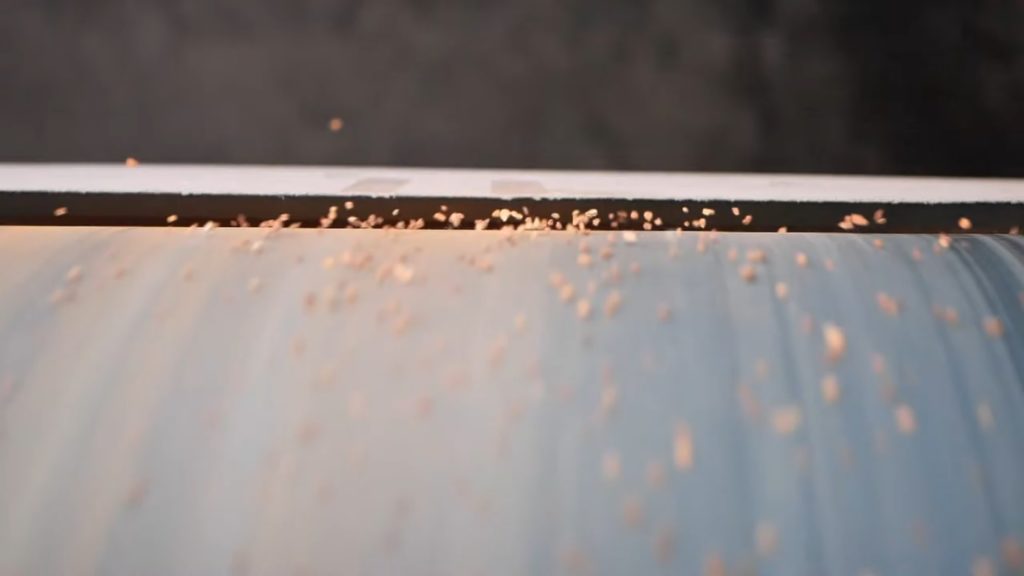Novo Resources says it has completed encouraging processing trials on gravels extracted from its joint venture Egina gold project, in the Pilbara of Western Australia, at Steinert’s testing facility in Cologne, Germany.
Phase one of the company’s joint venture with Sumitomo Corp at the Egina gold project centres around gaining a better understanding of geology (grade, continuity, controls, gold particle size distribution, gold location within gravels, gold genesis, etc.) but also involves high level desktop studies and trials to develop potential future processing and mining methodologies.
Preliminary tests of eddy current separator (ECS) technology indicate promising potential to directly extract gold nuggets from gravel, the company said. This is one of several dry processing methodologies being considered by Novo for gold recovery at the project.
Tests conducted on a spectrum of nugget sizes ranging from 1-10 mm demonstrated consistently high gold nugget recovery via ECS technology. Nuggets that underwent testing were recently extracted from gravels at Egina, the company said.
ECSs are predominantly used to recover select metals in the scrap metal industry. Material is fed onto a conveyor, the head pulley of which contains an adjustable high-powered magnet spinning at very high rotation rates, 4,000 rpm in Novo’s tests, independent of the speed of the conveyor, Novo said. This spinning magnet induces an alternating magnetic field that differentially repels non-magnetic metals such as gold.
This magnetic repulsion causes gold nuggets to lift, or fling, off the end of the conveyor belt where they can be separated from waste material by a steel plate. These trials were designed to establish whether Egina gold nuggets react sufficiently to reliably be separated from waste material.
Novo said: “Gold at Egina predominantly occurs as free nuggets of which most are above 1 mm in size. This presents opportunity to explore innovative technologies, some used commercially in other applications such as ECS technology, to assess their efficacy for use at the Egina gold project.”
In addition to ECS technology, Novo conducted initial testing of Steinert mechanical sorting technology to detect small gold nuggets utilising an Argos EM electro-magnetic sensor, it said. Fine gold nuggets, around 1 mm, were consistently and readily detected indicating potential for direct mechanical sorting of gold nuggets, Novo said.
As a result, a combination of mechanical sorting and ECS technology is also being considered as a potentially viable means of dry processing at Egina, the company said.
Rob Humphryson, CEO and Director of Novo, said: “We are very encouraged by these initial laboratory test results utilising ECS technology. Our mantra when testing new technology and its application to our projects is to ‘test quickly and test cheaply’, and we now have in hand sufficient encouragement from these tests to consider ECS technology highly prospective for application in the field.”
The company said this preliminary testing shows ECS technology can play an important role at Egina, with potential application as a processing solution or an exploration tool, or both. “This technology generates significant inherent advantages: it requires no water, no chemicals, is of low capital cost and is readily mobile. It can also be employed along with other technologies and is scalable,” the company said.
Novo thinks field tests are warranted at larger scale to better understand recovery efficiencies, operating costs and throughput rates and the Company plans further work with Steinert to study schemes in which ECS machines, or ECS machines in combination with mechanical sorting technology, can achieve efficient recovery of gold nuggets at Egina.
The company concluded: “As Novo learns more about gold size particle and mass distribution of gold in Egina gravels, the company can then begin to estimate gold recovery.”











